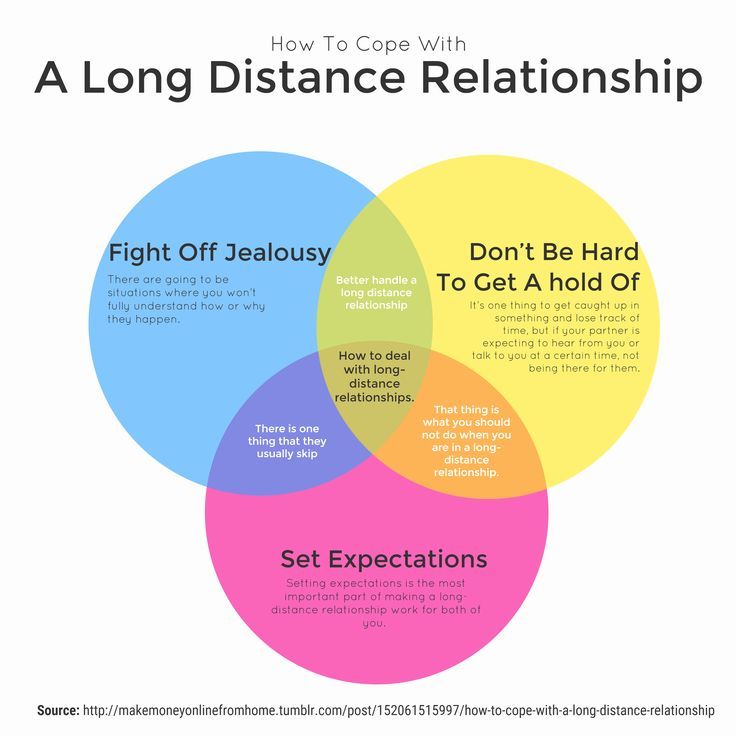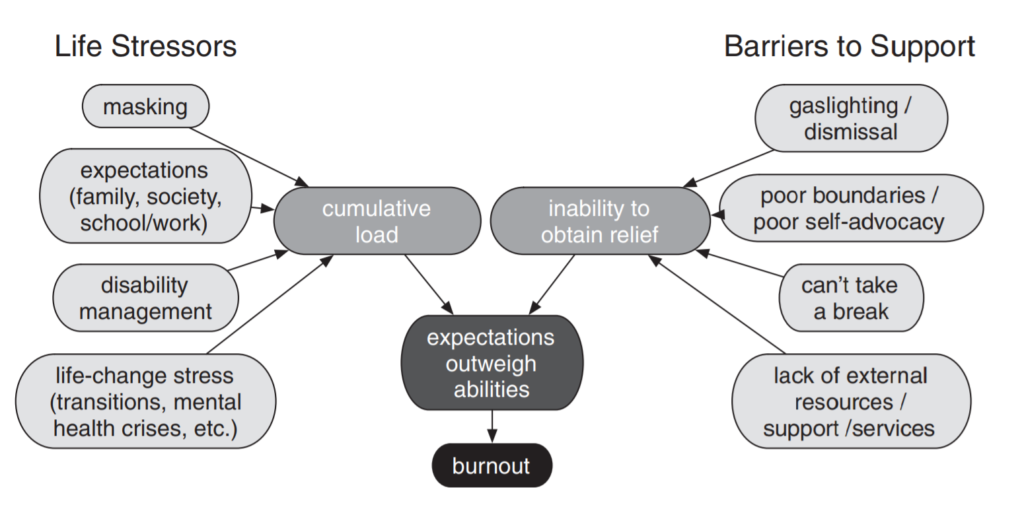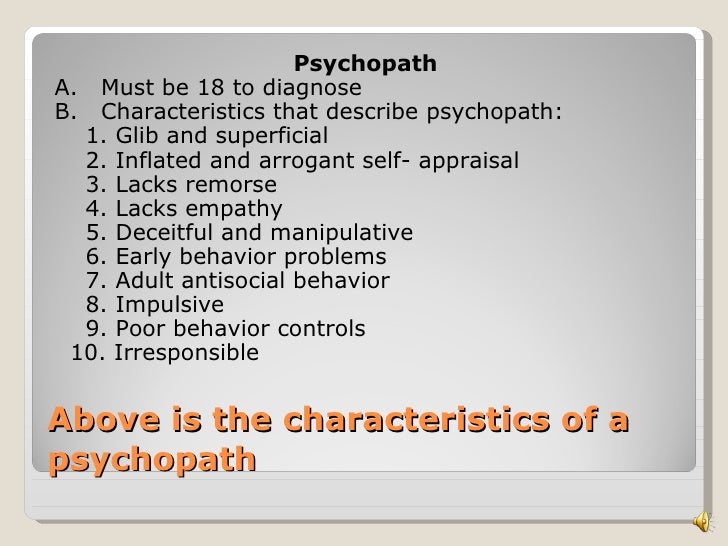5 steps to a successful marriage
5 Steps to a Successful Marriage
Medically reviewed by Scientific Advisory Board — By Margarita Tartakovsky, MS on May 17, 2016
“It doesn’t take hard work to keep a relationship happy or stable over time,” says Terri Orbuch, Ph.D, psychologist and author of 5 Simple Steps to Take Your Marriage from Good to Great.
According to her research, consistent, small and simple changes create a successful marriage. Below, she outlines the five steps from her book for a happy and healthy marriage, and gives practical suggestions that couples can try right now. These tips are valuable for anyone in a relationship, whether you’ve walked down the aisle or not.
Science-Based Steps
Orbuch’s steps are based on an ongoing long-term study funded by the National Institutes of Health. Since 1986, she’s followed the same 373 couples, which were married that year.
Couples were chosen from marriage licenses from one Midwestern county, and then approached to participate in the study. Demographically, couples matched national norms.
Couples were interviewed together and as individuals, and completed a variety of standardized measures on subjects like well being and depression. Most couples were interviewed seven times.
Forty-six percent of the couples divorced, which is representative of the national divorce rate. Divorced partners continued to be interviewed individually.
Five Steps to a Great Relationship
1. Expect less and get more from your partner.
Many people assume that conflict is kryptonite to relationships. But it’s actually frustration, Orbuch says. Specifically, frustration forms when a partner’s expectations go unmet, she says.
Happy couples have realistic expectations, both about relationships in general and about their relationship in particular. For instance, in her book, Orbuch busts 10 common couples myths. One myth is that healthy couples don’t have conflict. Conflict is inevitable. In fact, according to Orbuch, “If you aren’t having conflict, you aren’t talking about the important issues in your relationship.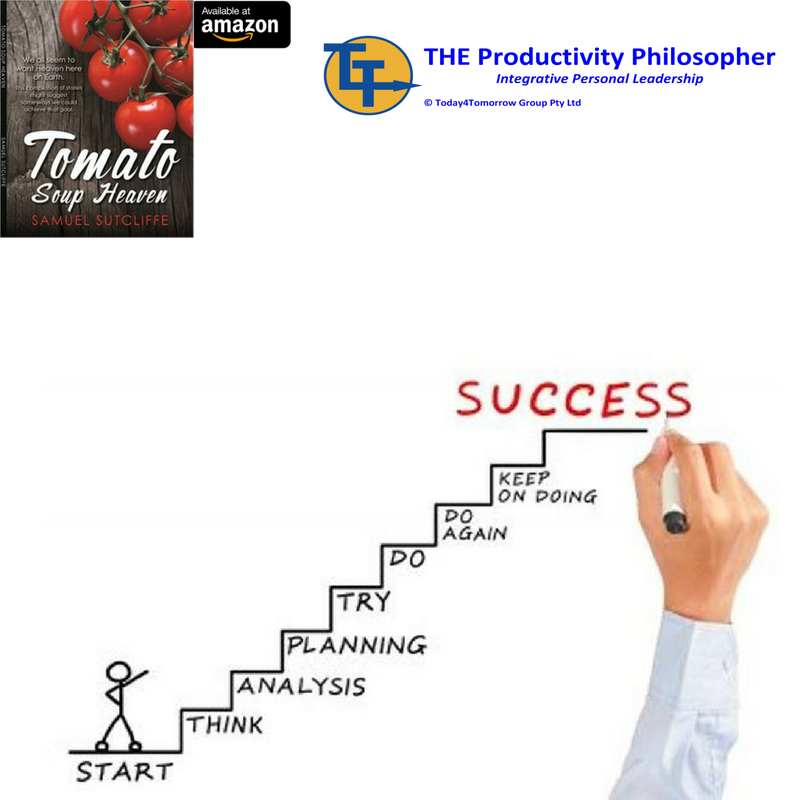 ”
”
Practical tip. Have you and your partner separately write your top two expectations for your relationship (i.e., how you think your partner should treat you; your deal breakers). According to Orbuch, this simple activity allows couples to see what’s important to each other. If your partner isn’t aware of your expectations, how can they meet them?
2. Give incentives and rewards.
For the couples in Orbuch’s study, affective affirmation was key to marriage happiness. Affective affirmation is “letting your partner know that they’re special, valued and you don’t take them for granted,” she says.
Couples show affective affirmation through words and actions. It’s as simple as saying “I love you” or “You’re my best friend.” Affirmative behaviors can be anything from turning the coffee pot on in the morning for your partner to sending them a sexy email to filling their tank with gas.
Contrary to popular belief, men need more affective affirmation than women because women “can get it from other people in our lives,” Orbuch speculates.
The key is to give consistent affirmation, she says, ”rather than heaps of it at once.”
Practical tip. An affirmation a day can keep a couple happy. Orbuch suggests either saying something affirming to your partner or doing something affirming for them once a day.
3. Have daily briefings for improved communication.
Most couples will say that they communicate. But this communication is commonly what Orbuch calls “maintaining the household,” which includes talks about paying the bills, buying groceries, helping the kids with homework or calling the in-laws.
Instead, meaningful communication means “getting to know your partner’s inner world,” Orbuch says. “When you’re really happy, you know what makes your partner tick and really understand them.”
Practical tip. Practice the 10-minute rule. That involves, “Every single day talking to your partner for at least 10 minutes about something other than four topics: work, family, who’s going to do what around the house or your relationship.
” Couples can talk over the phone, by email or in person. The key is to get to know your partner.
Not sure what to ask? Orbuch gives these sample topics: “What have you been most proud of this year?” “If you won the lottery, where would you want to travel to and why?” or “What are your top five movies of all time?”
4. Implement change.
Every relationship gets into a rut, Orbuch says. Implementing change can help, and there are many ways to do that. One way to implement change is to add something new, she says. “The main idea is to mimic your relationship when you first met one another.”
Practical tip. To reduce boredom and keep things fresh, change up your routine. For instance, “Instead of going to the same restaurant, find some new exotic restaurant in the city,” Orbuch suggests. Vacation somewhere new or take a class together.
Another strategy is to “do an arousal-producing activity or [an activity that] gives you a surge of adrenal or excitement.
What we find is that if you do that activity with your partner, the arousal or adrenaline produced by that other activity can actually get transferred to your partner or relationship.”
She suggests exercising together, riding a roller coaster or seeing a scary movie.
5. Keep costs low and benefits high.
As Orbuch says, the first four steps focus on adding or bolstering the positives in your relationship. This step focuses on “keeping the costs low.” Based on Orbuch’s study and other literature, a happy couple has a 5 to 1 ratio. That is, they have five positive feelings or experiences to every one negative feeling or experience.
It isn’t that you need to approach your relationship with a calculator. But it’s important to “audit” your relationship regularly and consider the “costs and benefits.”
Many couples assume that there should be a balance between the pros and cons, but Orbuch gives the following description: If you have “the positives in your right hand and the costly behaviors in your left hand, make sure your right goes way down,” so “The positive things really need to outweigh the negatives.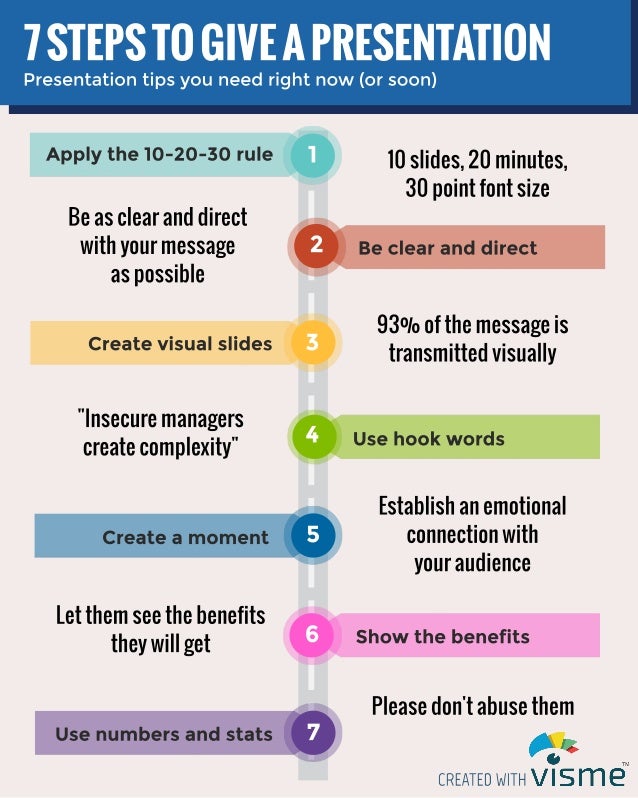 ”
”
Orbuch’s research also suggests that there are six top costly behaviors: constant fighting, miscommunication, household chores, jealousy, keeping secrets and not getting along with a partner’s family.
Practical tip. You can audit your relationship by essentially making a traditional pros and cons list. Take a piece of paper, and draw a line down the middle. “On the left side, write down all the positive emotions and behaviors connected to your partner and relationship. On the right side, jot down all the negative emotions and behaviors associated with your partner and relationship.” Again, “Make sure the left side is always much longer in length and quantity than the right side.” Ask your partner to do this, too.
In her book, Orbuch offers solutions to the top six costs. For example, if constant fighting is a problem, keep in mind that it’s important to find the right time and situation to talk (e.g., a bad time is when you’re visiting family, a spouse gets home from work or it’s nighttime).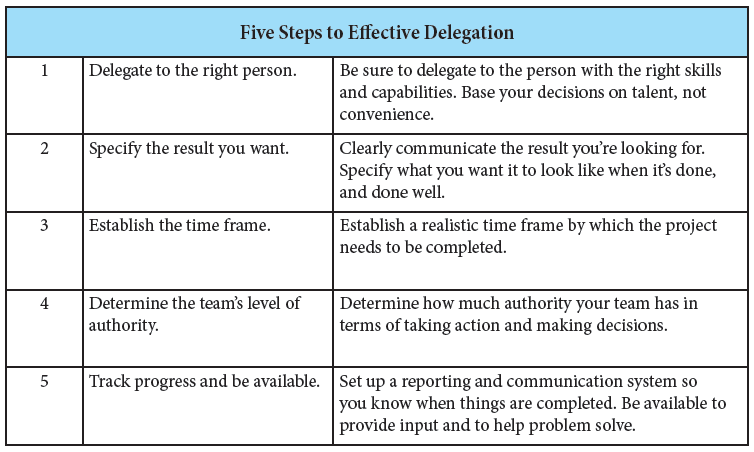
Orbuch also says that it’s “OK to go to bed mad.” It’s a myth that couples should never go to bed angry. “Continuing to stay up at night makes things worse.”
It’s tough to fight fair when you’re irritated, exhausted and angry. Your problem-solving skills slump. It’s better to agree to talk things over in the morning “after you’ve slept on it” and you “see the disagreement in a new light.”
In general, Orbuch found that happy couples focus on the positives of their relationships. So it’s important to “strengthen what’s already going well,” she says. This increases a couple’s ability to deal with the negative issues in their relationship.
* * *
To learn more about Terri Orbuch, Ph.D, check out her website and sign up for her free newsletter here.
5 Steps to a Healthy Marriage
Skip to contentAuthor
Follow
Unfollow
Chairman and co-author of eHarmony, Dr. Neil Warren, offers key components to a healthy, happy love life.
Neil Warren, offers key components to a healthy, happy love life.
What makes a marriage work? I’ve spent most of my career, and a good deal of my life, learning the answer to that question.
It’s been key to my work as a counselor, a psychologist, a professor at Fuller Seminary, a speaker and an author. I’ve done surveys, read books and studies, counseled thousands of couples.
In fact, the information I’ve gathered became the groundwork for my online relationship service, eHarmony. I wanted to help singles find that right person right off the bat.
So after 40 years I’ve come to these five conclusions about great marriages. Some have a few specific qualities in common.
1. Strong couples focus on the positive.
I don’t mean they look at the world or their marriage through rose-colored glasses. But they always keep a mental list of their mate’s outstanding qualities that is at least as long as their complaints and hopefully longer.
Even if a couple is going through a rocky patch and they come to my office for counseling, that alone is reason for hope. The couple wouldn’t be there if they didn’t have hope, and didn’t think they had something good to hold on to.
I make a point of starting off my initial counseling session by asking: “What’s right about your marriage? What made you fall in love in the first place? What is it that attracted you to your partner?”
One couple sat on the couch in my office, arms crossed over their chests. I asked them my questions. Silence. Apparently they had come here to recite a litany of complaints. I asked them again. They looked all around the room, anywhere but at me.
Begrudgingly the husband said they both loved travel and they liked getting together with friends. The wife conceded that her husband had a terrific sense of humor—at times. “For example?” I asked. She recalled an April Fool’s joke he’d played.
All at once they both started laughing—and uncrossed their arms, ready to get down to business.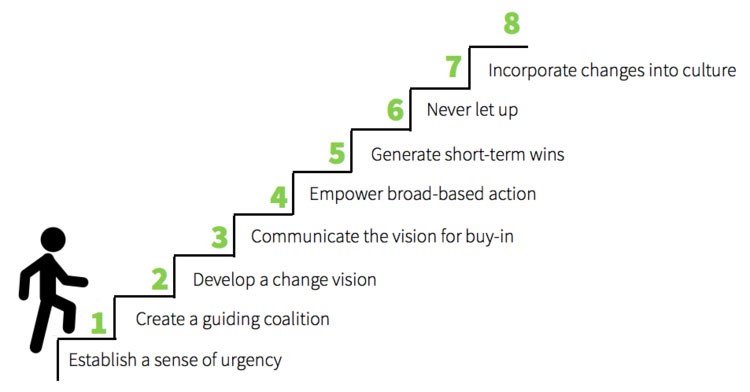
Sometimes couples are so consumed by what’s wrong with their relationship that they forget all the good things. They stop pursuing the experiences that generate closeness. It becomes a vicious cycle, and soon everything about the relationship can look grim and gloomy.
Falling in love is easy. Staying in love is hard. Marylyn and I were rookies in marriage when we were wed. We knew nothing about being a good spouse.
We worked so tirelessly to improve each other that we missed opportunities to create wonderful experiences together. We were two people with strong personalities and strong convictions.
It took time, patience and love, lots of love, to understand those differences made us stronger, not weaker. Can we truly respect our spouses if we agree with everything they say?
I take my cues from the Bible: “Fix your thoughts on what is true and good and right… Dwell on the fine, good things in others.” Start with your spouse.
2. Romance is required.
An extra dose of ardor and affection can heal a hundred hurts and keep passion alive. You say you’re out of practice? So was I.
During our courtship and early years of marriage, Marylyn and I could spend hours gazing into each other’s eyes. Then came children, mortgage payments, career hurdles. Who had time for cuddling? “Why can’t you be more romantic?” she asked.
That made me feel worse, as if she were criticizing me more than asking me to fill a need. What was I supposed to do? Compose sonnets? Perform a ballad? Dance a tango? The prospect was so daunting I did absolutely nothing.
One day I discovered a secret. I was overcome with the impulse to call my wife from the office and say I was thinking about her and how much I loved her. Don’t be silly, I thought. But I did it, and wow, did it do the trick! I’ve learned to act on those romantic impulses, even if it’s just surprising her with her favorite candy, a Mounds bar.
Chemistry can be worked on. It doesn’t have to disappear with the first gray hairs. If you come to me and say, “The spark is gone,” my response will be, “Let’s figure out how to reignite it.” And then learn to keep it lit. Marylyn and I like nothing more than a date at the movies. A box of popcorn between us and we’re just like newlyweds.
It doesn’t have to disappear with the first gray hairs. If you come to me and say, “The spark is gone,” my response will be, “Let’s figure out how to reignite it.” And then learn to keep it lit. Marylyn and I like nothing more than a date at the movies. A box of popcorn between us and we’re just like newlyweds.
Better than that, because we know each other so well. Spontaneity is great but the point is, make time for romance like you would for anything else that’s important in your life. Don’t wait for it to make time for you.
3. Address the spiritual.
You can’t talk about a good marriage without addressing the spiritual dimension. The couple that prays together stays together, usually. Don’t wait for the emergencies. Say grace at dinner, bow your heads together at bedtime and make sure your partner knows how much they are in your prayers.
For years Marylyn and I only said basic prayers together. Then we met a woman who taught us how prayer could be a time of complete openness, even laughter.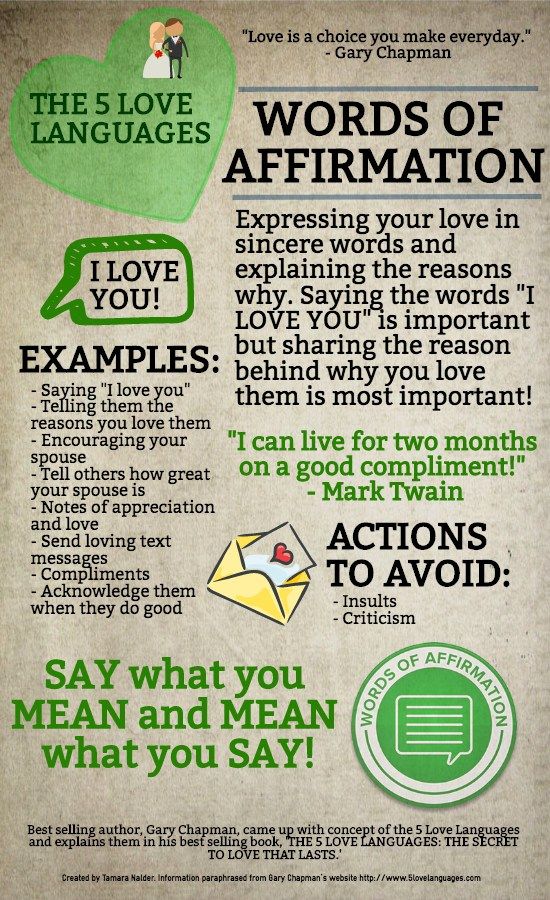 We’ll sit together with our eyes closed, holding hands, and give thanks for the blessings we can think of at that moment. Sometimes something will make us laugh. What better way to give thanks?
We’ll sit together with our eyes closed, holding hands, and give thanks for the blessings we can think of at that moment. Sometimes something will make us laugh. What better way to give thanks?
I also recommend that couples join a small group for spiritual support. It can be as formal as a Bible study or as informal as a Saturday night dinner. Find other couples on a similar spiritual and marital path and share your journey.
What if your spirituality isn’t something you’ve ever felt comfortable talking to each other about? Start talking now. When a couple speaks thoughtfully about spiritual issues, their souls become invisibly knitted together.
If only one of you is a praying person, pray on your own. Your partner will be helped. And your own love will grow.
4. Connected couples communicate.
In a study of 500 marriages, one researcher determined that marital success is more closely linked to communication skills than to any other factor.
First, get rid of all distractions: the TV, the internet, email. What you and your spouse need is plain old quiet time. Marylyn and I have some of our best talks on our evening walks. A quiet drive can work wonders too.
What you and your spouse need is plain old quiet time. Marylyn and I have some of our best talks on our evening walks. A quiet drive can work wonders too.
One hardworking couple I know regularly gets together for lunch. They know it’s essential. A marriage without time to communicate is a marriage headed over a cliff. How can you settle differences if you don’t honestly talk them out?
And it’s not just talking. It’s listening. As a counselor, I’ve listened to people for hours. The results are incredible. I’ve seen people move from total confusion to total clarity just because I listened to them. Something powerful happens inside most people when they are listened to.
Here’s an exercise for jump-starting communication skills. You and your spouse should pick two half-hour time slots per week to talk. No interruptions. One of you begins by talking about something that really matters to you.
It doesn’t have to be a red-button issue. Just make sure it’s important. Don’t take too long, but address your topic thoroughly. Your partner doesn’t get to say anything in response until he has repeated in his own words what you said.
Your partner doesn’t get to say anything in response until he has repeated in his own words what you said.
Then it’s his turn to respond. Go back and forth for half an hour. Stay at it. You’ll be amazed by the results.
5. Make conflicts count.
Want a marriage with no conflict? Then marry a person who’s your clone! Ruth Bell Graham, wife of the renowned evangelist, was asked if she and Billy agreed on everything. “Goodness, no!” she said. “If we did, there would be no need for one of us.” Strong marriages involve two healthy individuals with unique God-given qualities.
Conflict is opportunity for growth. Confront it. Don’t just sweep it under the rug and pretend it doesn’t exist. Marital vitality means much more than peace at any price. The key component in a constructive conflict is the speed with which it is resolved.
Deal with your differences early—in the “spark” phase rather than the “blaze” phase. One of marriage’s most magnificent possibilities is to merge two lives and build something far greater than either spouse could have built alone.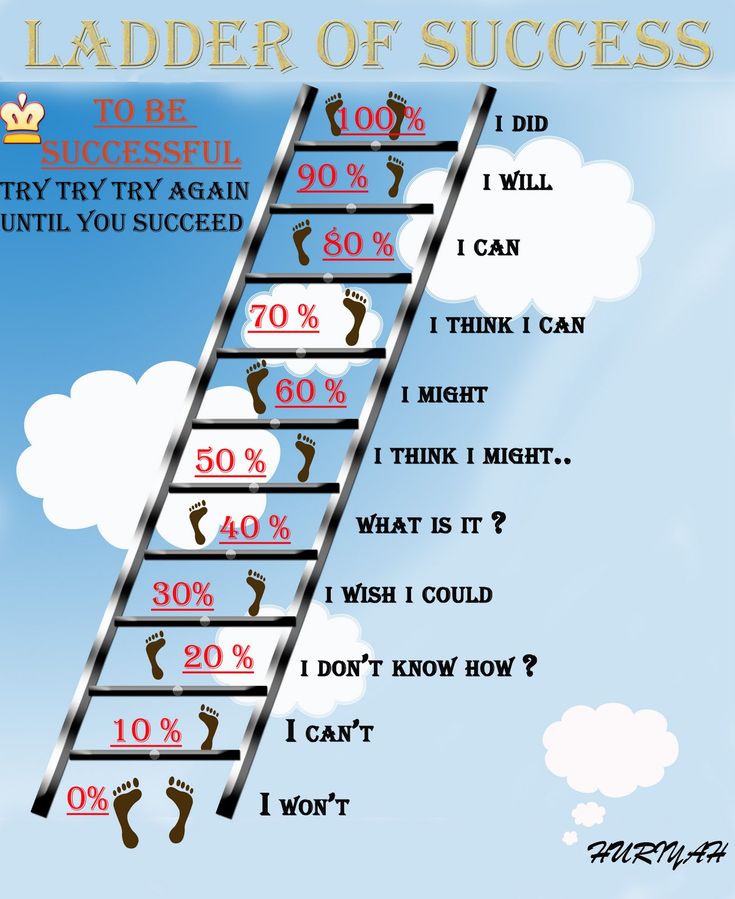
Trust me, I’ve been there. When Marylyn doesn’t agree with me my immediate impulse is to push my opinion with renewed vigor. I hate to be wrong and I’m going to fight.
For instance, we’re on opposite sides of the political fence and if something comes up, boy, do we disagree. But if I stop for just a moment and listen, we end up in a discussion rather than a fiery debate. We don’t have to agree—we never will on some things—we just have to understand each other.
No matter what, I know I will never stop loving and cherishing Marylyn. I keep a picture of her on my desk. It’s my way of keeping her literally at the center of my focus all day. I say a quick prayer for her. Or call or email her during the day.
I always let her know what she means to me. You can never say it too much. There’s room for only one person at the center of your consciousness, and if it is the love of your life, your marriage will soar.
A Grateful Heart Devotional Journal
Deepen your devotion time by celebrating the blessings in your life and refreshing your spirit with gratitude. You’ll also get a coordinating Scripture bookmark – FREE!
You’ll also get a coordinating Scripture bookmark – FREE!
Take a Peek Inside!
Buy More, Save More! Order 3 copies, Save 15%; Order 4, Save 20%; Order 5+, Save 25%
Discount automatically applied at checkout.
Scroll to Top
6 steps to a successful wedding
Practices how to Man and woman Man among people
A wedding is a wonderful event, full of joy and hope. However, the preparation process often turns into a nightmare: relatives do not talk to each other, the bride is on the verge of a nervous breakdown, the groom is not happy that he got involved in this adventure. How to avoid such a situation? It is enough to follow a few rules.
1. Find a compromise with relatives
“A modest wedding is out of the question”, “I found a wonderful place for a banquet”, “Aunt Masha will bake a cake!”. All future spouses faced persistent advice from loved ones.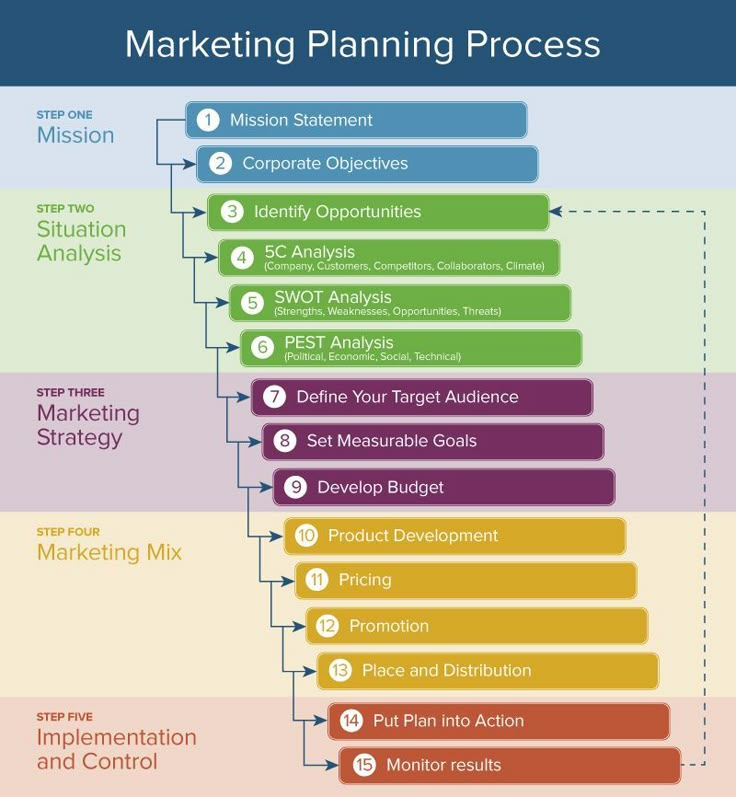 Of course, relatives act with the best of intentions, but their ideas about the perfect wedding often do not coincide with the vision of the bride and groom.
Of course, relatives act with the best of intentions, but their ideas about the perfect wedding often do not coincide with the vision of the bride and groom.
For example, the older generation dreams of a grand reception for 200 people, while the younger generation wants a chamber dinner
“Mothers put pressure on brides the most,” explains psychoanalyst Martina Teyak. “They want to repeat their wedding or arrange the one they dreamed of for themselves.” Pressure can also come from siblings. Unmarried people are sometimes jealous and therefore object to a big holiday, as if to say: this wedding does not mean anything, you should not try too hard. Married people make it clear that everything should be no worse (but not better) than theirs.
If parents pay for the celebration, it is almost impossible to resist their desires. “We have to separate acceptable requirements from unacceptable ones,” warns Martina Teyak. “Try to find a compromise: parents respect the decision of the bride and groom regarding the format of the evening, and the young agree to invite a little more guests, order expensive champagne or more exquisite jewelry.”
“Try to find a compromise: parents respect the decision of the bride and groom regarding the format of the evening, and the young agree to invite a little more guests, order expensive champagne or more exquisite jewelry.”
The bride and groom should listen to themselves, says wedding organizer Olga Meldzikhova: “If they have planned a picnic on the grass, let them do it. It can also be done in such a way that parents who insisted on the classic format will be delighted.
2. Introduce your parents in advance
By getting married, newlyweds unite their families. The first meeting of parents is a delicate matter. It is wiser that it does not take place at the wedding, but in advance, on neutral territory, for example, in a restaurant where everyone obeys the rules of good manners. Do not force parents to communicate more than they want. Don't push them too hard and don't expect them to become best friends right away for you.
A more rare, but also, alas, possible situation is that the families of the bride and groom cannot stand each other. Then it is reasonable to invite them only to the official part in the registry office. And then have a party with your friends.
Then it is reasonable to invite them only to the official part in the registry office. And then have a party with your friends.
3. Be ready for conflicts
Any problems escalate on the eve of day X. “When a child marries, he performs an act of absolute liberation, the parent loses power over him,” analyzes Martina Teyak. At this moment, some fathers and mothers defiantly step back from what is happening, saying, "do as you want, you are already an adult." So they make it clear that the child is indifferent to them.
Is it necessary to beg a loved one to take part in the holiday? “We cannot require someone to show feelings that he does not have,” says the psychoanalyst. “But we don’t have to suffer because of it.”
Another common situation is blackmail from relatives
“If your stepmother/stepfather is there, I won’t come”, “if you don’t invite your cousin, you don’t have to invite me either”. There should be no compromises with blackmailers.
There should be no compromises with blackmailers.
If an adult behaves like a child, that is his problem. “Don’t bother with the disgruntled,” advises Martina Teyak. - On your special day, you can be a "dictator". And by and large, this is not a dictatorship, but common sense.”
4. Work with professionals
Future mother-in-law wants to decorate the hall, brother plans to make a wedding album, aunt is already baking a cake? “You should not use friends and relatives as contractors,” explains Olga Meldzikhova. “It’s impossible to build a customer-client relationship with them, it’s inconvenient for them to make demands or ask them to redo poor-quality work.”
But sometimes loved ones are eager to fight. “If you want the perfect holiday, learn to say no,” says Martina Teyak. The most active can come up with some kind of activity. For example, delivering invitations or wrapping gifts for guests. “So we will set the framework for the activities of this family member, he will feel useful, and the young will get rid of the boring business,” the psychoanalyst explains.
5. Consider seating arrangements for guests
The budget and scope of the celebration depends on the number of guests. “You should not invite everyone you know, just so as not to offend,” advises Olga Meldzikhova. May those with whom you want to share your joy be with you on this day. But do not forget to think over the seating arrangement, even if you invite 20-30 people. For everyone to enjoy the evening, there should be people with similar interests and the same age around.
The psychoanalyst gives different advice: “Since the newlyweds represent two different worlds, it is correct to play with their association and mix representatives of different families. Otherwise, two clans will form, and the wedding will become boring. Don't be afraid to sit next to strangers. They will be interested in getting to know each other."
6. Do not worry about trifles
Even the most thoughtful event does not always meet expectations. Probably not everything will go according to plan. Martina Teyak believes that relatives on the wedding day should smooth out sharp corners as much as possible. Did any of the guests drink a lot and mope? During the wedding, many are visited by thoughts about the transience of life. Let other relatives talk heart to heart with this guest.
Martina Teyak believes that relatives on the wedding day should smooth out sharp corners as much as possible. Did any of the guests drink a lot and mope? During the wedding, many are visited by thoughts about the transience of life. Let other relatives talk heart to heart with this guest.
There are no perfect weddings. The main thing is not to take small troubles to heart. Then they will soon be forgotten, and the most positive moments will remain in memory.
Text: Nina Nabokova Photo Source: Unsplash
New on the site
“I want to die, but my mother thinks it’s just a transitional age”
Picking, pressing, combing: what does the passion for acne manipulation say about your psyche
12 Foods You Can (Even Should) Eat At Night: Nutritionist's Tips
"I Can Sleep For 14 Hours And Still Feel Tired": What Hypersomnia Is - A POV Story
“I started to live sexually, but I feel almost no pleasure”
“She loves me, I don’t love her.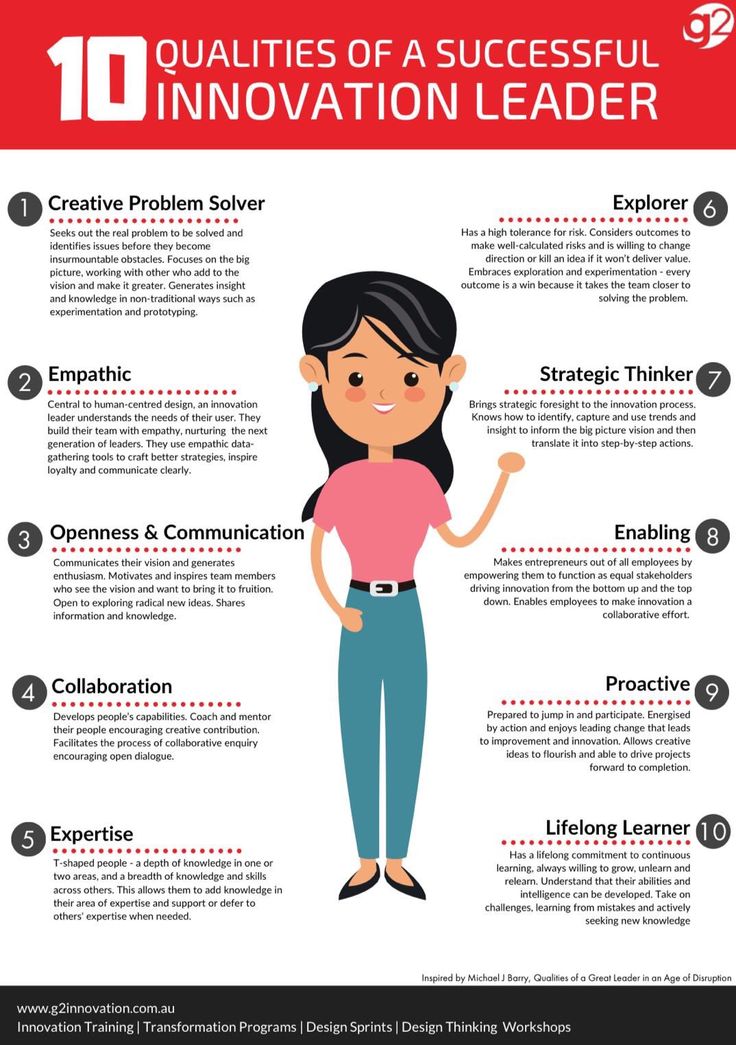 Leave? Or can you fall in love of your own accord?
Leave? Or can you fall in love of your own accord?
Sex and Menopause: Truths and Myths
Face it: What to Do When You Regret Divorce - Psychologists Opinion
John M. Gottman, Ph.D. and Nan Silver
The Seven Principles of Making Marriage Work
Copyright © 1999 by John Gottman, Ph.D. and Nan Silver All rights reserved
COMMUNICATION PSYCHOLOGY
The right to "left". Why do people cheat and is it possible to avoid cheating
Why do people cheat? What makes them start second families and develop complex schemes for leading a double life? Esther Perel, a practicing psychotherapist, has worked with hundreds of infidelity couples over the course of 10 years. Her book is a comprehensive study of the desire that arises when looking at the side.
MF. How to learn to live soul to soul with the one you love
Find out what is happening in the head and heart of your beloved from the book of the popular psychologist Alexei Kapranov.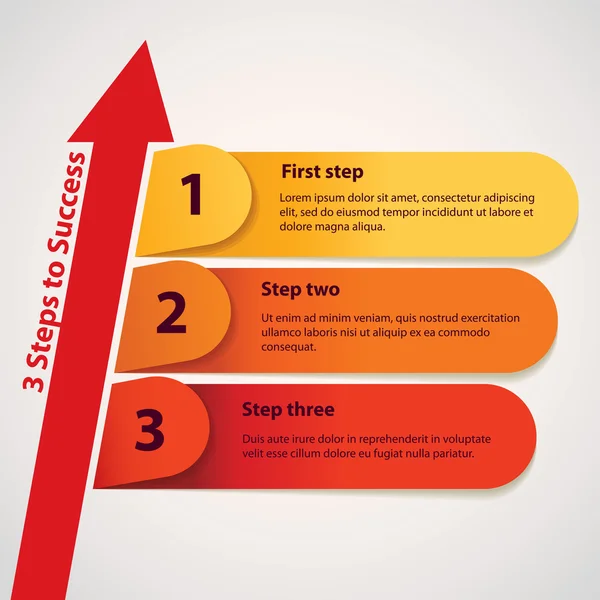 This witty guide to happy relationships will teach you how to live in perfect harmony and get what you really want from your partner.
This witty guide to happy relationships will teach you how to live in perfect harmony and get what you really want from your partner.
I'm sorry if I call you an asshole. How to learn to play by men's rules and win in love
The truth, the truth and nothing but the truth. With shocking frankness, Mirko Spelta reveals what men really think about plastic surgery, cellulite and ballet flats. You will also learn how social networks have influenced the concept of love, how to translate female allusions into the language of male logic, and why you should not turn to your friends for advice.
Let's not fight anymore. 12 types of family conflicts and instructions on how to end them
If scandals have become the norm for communicating with your soulmate, it's time to change something. Michelle Brodie, a psychologist with twenty years of experience, identified 12 types of family conflicts. The author of the book describes the mechanism of each of them and offers a simple technology for their resolution. This is an easy-to-follow, but profound guide for couples on how to remove from your daily communication everything that hurts, offends and alienates you from each other.
This is an easy-to-follow, but profound guide for couples on how to remove from your daily communication everything that hurts, offends and alienates you from each other.
Foreword
Maria Krivoshchapova-Demina, systemic family therapist, the first Russian specialist to be trained and certified according to the John Gottman method
In 2009, in distant Australia, I was lucky to attend a conference on positive psychology “Happiness and its causes” where I first saw John Gottman. His master class was called "Art and Science of love", it lasted a whole day, during which my husband and I watched John work with couples, did the exercises ourselves and laughed very, very much. Incredibly charismatic, energetic, with a great sense of humor, scholar and practitioner. His master class impressed me, I got excited: I want to study with him, I want his studies of marriage to become known in Russia.
Years passed, but the idea of studying with Gottman never let me go. In 2017, I finally started the Gottman Method Couples Therapy program and met John himself and his charming wife, Julie. At the moment, I have three modules of the program behind me and now, already in 2018, I am going through the certification process.
In 2017, I finally started the Gottman Method Couples Therapy program and met John himself and his charming wife, Julie. At the moment, I have three modules of the program behind me and now, already in 2018, I am going through the certification process.
I am sometimes asked: what is so special about this Gottman and his approach?
John began his scientific research over 40 years ago. Together with his colleagues, he created the so-called "Laboratory of Love" - a room very similar to an ordinary apartment, but equipped with cameras, microphones, a one-way mirror, behind which scientists observed and recorded everything that happened inside.
50 couples lived in this apartment, and another 650 couples were interviewed each year, where they were asked to discuss current issues, remember their first dates, talk about their parents' marriages, etc.
Gottman guided these couples for decades, meeting them Every year. So he was aware of who got divorced, who became happier, who became emotionally distant, who managed to resolve an old conflict, who had children and how this affected the marriage. After each meeting, John made a prediction about the joint future of a particular couple and after a year checked whether he was right. In addition to making predictions, he made recommendations to study participants and could subsequently evaluate how effective they were.
After each meeting, John made a prediction about the joint future of a particular couple and after a year checked whether he was right. In addition to making predictions, he made recommendations to study participants and could subsequently evaluate how effective they were.
So all the conclusions and advice of Gottman are confirmed by many years of research and practice. This is its main feature.
The number of divorces in Russia is growing, and marital therapy is still one of the most difficult types of psychological assistance. Both professionals and specific families are in dire need of an effective method of working with family, and in particular with marital relations.
Project "Gottman.ru" , which is currently under development, is conceived, on the one hand, as a training center for certified specialists in the John Gottman method, who are able to effectively, professionally provide quality assistance. His other task is very practical - to help specific families.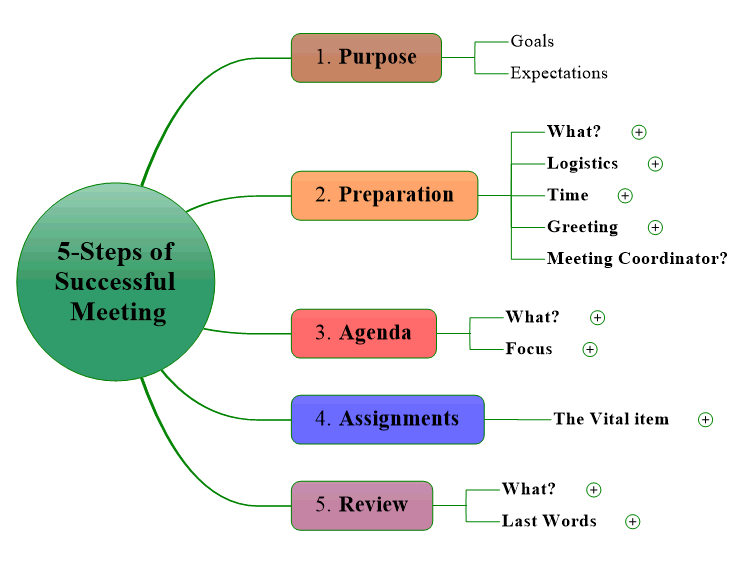 Strengthening emotional connection, marital "coaching", resolving conflicts in relationships, coping with crises in family life. I sincerely thank Boris Kholmyansky for his comprehensive support of this project.
Strengthening emotional connection, marital "coaching", resolving conflicts in relationships, coping with crises in family life. I sincerely thank Boris Kholmyansky for his comprehensive support of this project.
You are holding Gottman's main book The 7 Principles of a Happy Marriage . It was first published in America in 1999, has been translated into 10 languages of the world today and still remains a bestseller. This is a unique and at the same time very affordable way to get high-quality and effective help: learn how to maintain an emotional connection in a couple, resolve conflicts, respect and admire each other.
Life is fleeting, we are becoming more informational, technically progressive and savvy, but we are still not taught how to build relationships - neither at school nor at university. But at the same time, remember that love is not a bonus, not a pleasant addition to sex, relationships, life. Love is a basic human need. Make your Relationships, your Love, your Partner a priority. And this book will help you!
And this book will help you!
You can find other materials, articles, information about courses, counseling, trainings, training according to the method of Dr. John Gottman on the Russian-language website gottman.ru and on my Instagram page: https://www.instagram.com/profamily_42/
Julia Gottman, who gave a new meaning to the word "collaboration", and my main assistants: Sybil Carere, Sharon Fentiman and Katherine Swanson. They turned the work into something wonderful - it was like drinking coffee and eating cakes in an ordinary cafe.
John Gottman
To Arthur, my beloved friend.
Nan Silver
The situations discussed in this book are based on the research of John Gottman. In all cases, names and identifying information have been changed.
Chapter 1
Love "Behind the Glass"
How I "spy" on couples for years
A beautiful sunny morning in Seattle. Newlyweds Mark and Janice Gordin sit down to breakfast. A large Venetian window overlooks Lake Montlaine and the park. Athletes make morning runs, geese leisurely walk. Mark and Janice enjoy eating toasted toast and reading the Sunday papers. A little later, Mark will turn on the broadcast of the football game, while Janice will call her mother, who lives in St. Louis.
Newlyweds Mark and Janice Gordin sit down to breakfast. A large Venetian window overlooks Lake Montlaine and the park. Athletes make morning runs, geese leisurely walk. Mark and Janice enjoy eating toasted toast and reading the Sunday papers. A little later, Mark will turn on the broadcast of the football game, while Janice will call her mother, who lives in St. Louis.
Everything seems mundane enough in this one-room apartment, until you notice three video cameras on the wall, small microphones on the newlyweds' collars, and [1] Holter monitors, -stuck on the chest. Mark and Janice's family nest isn't really an apartment at all. This is the laboratory at the University of Washington in Seattle, where for 16 years I led pioneering research into marriage and divorce.
Mark and Janice, participants in one such study (and 49other randomly selected couples) spent time in our apartment, jokingly called the "Laboratory of Love". They were instructed to act as naturally as possible, despite being watched by a team of scientists through a one-way mirror in the kitchen, cameras recording their every word and facial expressions, and sensors monitoring signs of stress or relaxation, such as heart rate. (To protect delicate moments of private life from prying eyes, the couples were observed only from nine in the morning until nine at night, and never in the bathroom.)
(To protect delicate moments of private life from prying eyes, the couples were observed only from nine in the morning until nine at night, and never in the bathroom.)
The apartment is equipped with a sofa bed, fully equipped kitchen, telephone, TV. Couples bring groceries, newspapers, laptops, embroidery, sports equipment and even pets—anything they might need to spend a "typical weekend" together.
I wanted to debunk our ideas about marriage - to finally answer the questions that people have puzzled over for so long.
Why is marriage sometimes strong no matter what?
Why do some relationships last a lifetime while others feel like a ticking time bomb?
Is it possible to save a marriage that has already cracked?
After many years of research, I can finally answer these questions. What's more, I've learned to predict whether couples will be happy or go their separate ways by observing a couple in our "love lab" for just five minutes! The accuracy of my forecast is 91 percent.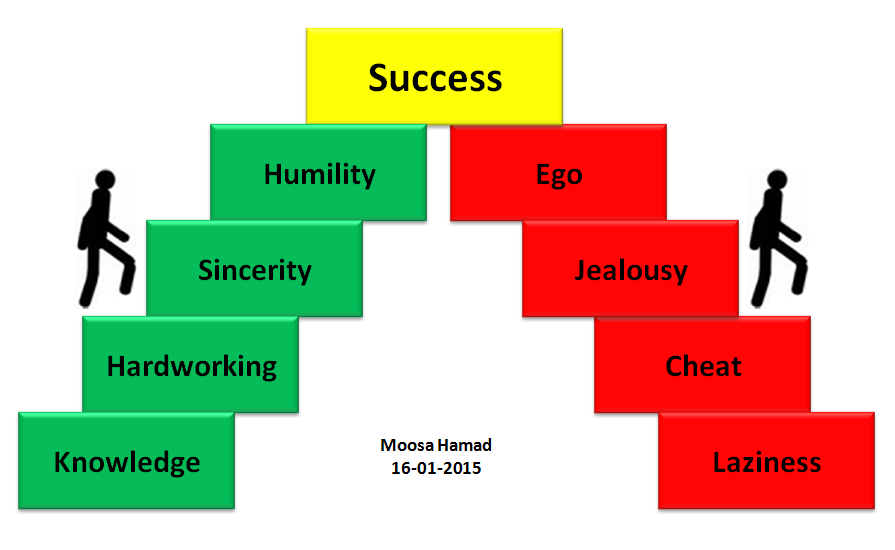
These predictions are not based on my intuition or preconceived notions about what marriage "should" be, but on the results of my research.
It is possible that at first you will perceive my words as just another fashionable theory and even dismiss them with annoyance. It's easier to be a cynic when someone says they've figured out the secret to successful marriages and can show you how to save your family. Many consider themselves experts in matters of love and are happy to express their opinion on how to create a perfect union.
But here it is, the key word - "opinion". Prior to the findings of my research, point of view was all that any person trying to help married couples could say. Including a qualified, talented and well-trained marriage counselor.
Usually the help of a specialist is based on professional training, experience, intuition, knowledge of family history, maybe even on religious beliefs. But not on hard scientific data. Since, until now, there has been no exact scientific data on why some marriages are successful, others are not.
EQ marriages
The answer to the question "What is the basis of a lasting marriage?" surprisingly simple. Happy couples are not smarter, richer, or more insightful. However, their negative thoughts and feelings about each other (which all couples have without exception) never take precedence over positive ones. This is what I call emotional-intellectual marriage .
Recently, it has been recognized that the emotional intelligence (EQ) of a child is more important for his future success than IQ. The more different emotions a child experiences and the more able to empathize with other people, the more successful he will become. The same statement is true for marital relations. If they are emotional are intelligent , they will be able to understand and respect each other and their marriage - and therefore live happily.
Emotional intelligence can be developed not only in children, but also in adults. And it can save a couple from divorce.
Sad statistics
Divorce statistics are depressing. The probability that the first marriage will end in divorce before the couple's fortieth birthday is 67 percent. Half of all divorces happen in the first seven months. The divorce rate in second marriages is 10 percent higher than in first ones.
The likelihood of divorce is so high that it makes sense for all married couples - even those who are currently satisfied with their relationship - to make additional efforts to maintain their strength.
One of the saddest reasons why a marriage fails is that neither spouse recognizes its value until it's too late. Only after the documents are signed, the furniture is divided and separate apartments are rented, the ex-husband and wife realize how much they have lost by abandoning each other.
Too often a successful marriage is taken for granted. And he is not given the nourishment and respect he deserves and desperately needs.
Some may think that divorce is not such a tragedy. That it is quite modern and even natural. However, there is plenty of evidence of how painful a breakup can be for everyone involved.
An unhappy marriage, like divorce, negatively affects the health of spouses. It can increase the likelihood of disease by a third and even shorten life by an average of four years.
In an unhappy marriage, people experience chronic physical and emotional stress. It tires the body and mind and eventually manifests itself in the form of ailments. Most often - in high blood pressure and heart disease. Psychological abnormalities include anxiety, depression, violence, psychosis, murder, suicide, alcohol or drug abuse.
It is not surprising that such ailments are much less common in happy couples. In addition, they are more inclined to take care of their health: each of the spouses makes sure that his spouse regularly undergoes medical examinations, takes medicine, eats healthy food, and so on.
When a marriage breaks down, not only the husband and wife suffer, but also the children. Studies have shown that 63 preschoolers raised in families where there was hostility between spouses had chronically elevated levels of stress hormones compared to other children surveyed. We don't know how long-term exposure to such stress will affect their health. However, we know for sure that this was reflected in their behavior .
We followed their development up to 15 years. Compared to others, these teenagers were much more likely to skip school, study worse, suffer more from depression, peer rejection, behavioral problems - especially aggression.
An important conclusion from all this is that it is foolish to stay in a bad marriage for the sake of children . It is obviously harmful to raise children in a house where the parents hate each other. An amicable divorce is better than a war-like marriage. But, unfortunately, divorces rarely go amicably. Mutual hostility of former spouses usually continues after the breakup. For this reason, children of divorced parents often experience the same problems as children who are caught in the crossfire in an unhappy family.
Mutual hostility of former spouses usually continues after the breakup. For this reason, children of divorced parents often experience the same problems as children who are caught in the crossfire in an unhappy family.
700 test couples
There is shockingly little scientific research on how to keep a marriage strong and happy. When I took up these questions in 1972, probably all the "good" scientific data would fit in a small folder. By "good" I mean data that is collected using scientific methods as accurate as those used in medicine.
For example, many studies on marital happiness have been conducted exclusively by surveying husbands and wives. This approach is called the self-report method and, although it has the right to exist, it is rather limited. How do you know if a wife is happy, even if she checks the box “happy” on some questionnaire? It is not uncommon for a woman who is physically abused to rate her marital satisfaction highly. She talks about her torment only if she feels safe and is interviewed in private.
My colleagues and I have supplemented the traditional methods of studying marriage with innovative, more comprehensive ones. We have observed 700 couples in seven different rooms. These are not only newlyweds, but also couples with experience. We observed spouses who have recently become parents, and those whose children have already grown up.
I asked couples about their family history, their philosophy of marriage, how they view their parents' marriages. I recorded on video how they tell each other about the past day, argue or talk on pleasant topics. And to get physiological data (whether they are stressed or relaxed), I constantly measured their heart rate, sweating, blood pressure and immune function.
I met each couple at least once a year to see how their relationship was progressing.
Until now, my colleagues and I are the only ones who conduct such a comprehensive and large-scale observation and analysis of married couples. Our data reveals the anatomy of marriage . The results of these studies, and not my personal opinion, form the basis of the Seven Principles for a Happy Marriage, which I will discuss in subsequent chapters.
The results of these studies, and not my personal opinion, form the basis of the Seven Principles for a Happy Marriage, which I will discuss in subsequent chapters.
Our approach is very different from the standard approach offered by most family therapists. Indeed, as a result of my research, I had to discard some of the traditional views on marriage and divorce.
Family therapy fails
If you have had or have relationship problems, you probably received a lot of advice. It sometimes seems as if everyone who has ever been married or knows someone who has been married thinks they know the secrets of eternal love.
However, most points of view, whether they are voiced by a psychologist on TV or a wise manicurist in a beauty salon, are wrong. Many such theories, even those that were initially supported by talented theorists, have long been debunked - or deserve to be. But they have taken such a strong place in popular culture that you would never know about this fact.
The biggest myth - that communication, or rather, the ability to resolve conflicts, is a direct path to a stable and happy marriage. Whatever the theory behind the family therapist, whether you prefer short-term therapy, long-term therapy, or a three-minute radio consultation with a local psychiatrist, the advice you will be given is the same: learn to communicate.
It is easy to understand why this approach is so popular. When people are in conflict (this may be a brief spat; a competition to shout over whom; or an icy silence), everyone hopes to win the battle. A person is so focused on resentment and the desire to prove his case that normal communication becomes almost impossible. Therefore, it seems logical that listening to each other's points of view calmly and lovingly will help to find a compromise and restore balance.
The most common technique recommended by most family therapists for conflict resolution is active listening .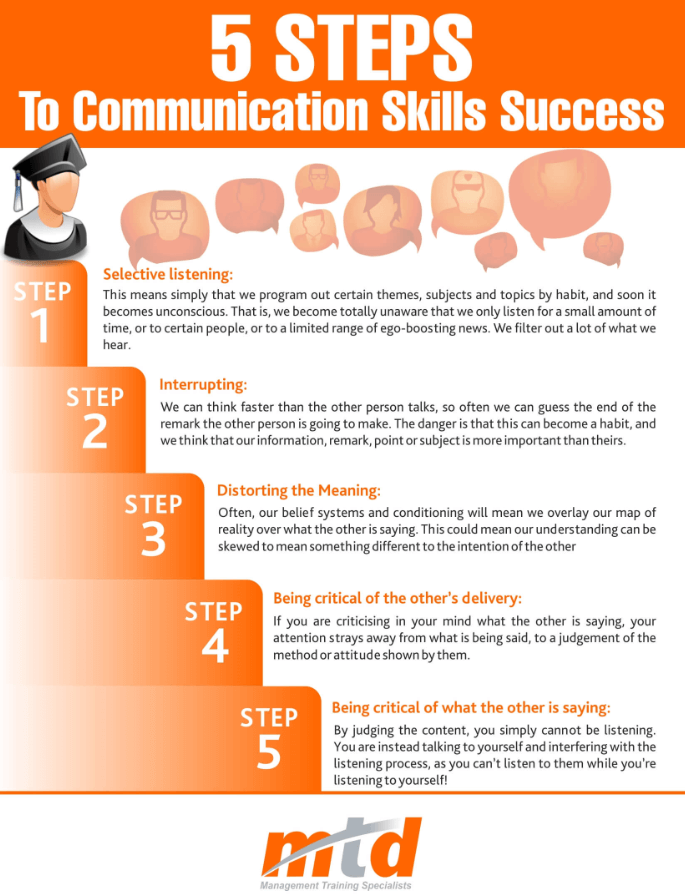
Let's say Judy is upset that Bob often works late. The therapist asks Judy to state her grievances as "I" statements that prioritize her feelings rather than blaming Bob. Judy will say "I feel lonely and depressed when I'm at home alone with the kids night after night while you work late" rather than "It's so selfish of you to always work late and expect me to take care of myself." children."
Bob is then asked to paraphrase Judy's statement and make sure he understands it correctly. (This shows that he was actively listening.) In addition, he is asked to respond to his wife's feelings - to let her know that he considers them logical, that he respects and empathizes with her, even if he does not share her point of view. He could say, "You must have a hard time babysitting when I'm late at work." Bob is asked not to evaluate, not to argue, to prove his point, and not to make excuses. “I can hear you” is a buzzword for active listening. Thanks to Bill Clinton, the expression "I feel your pain" is now quite common.
Where did this approach come from? The pioneers of family therapy brought it from the techniques of the famous psychotherapist Carl Rogers. Rogers' individual therapy flourished in the 1960s and is still practiced to varying degrees. His approach is to accept, without judgment, all the feelings and thoughts that the patient expresses.
For example, if the patient states, “I just hate my wife, she is such a bore,” the therapist nods and says something like, “I can hear you. You said your wife is nagging at you and you hate it." The goal is to create an environment of empathy so that the patient can trust the therapist by calmly examining their own thoughts and emotions.
Since ideally marriage is also a relationship in which people are not afraid to be themselves, it seems to make sense to train couples to practice this kind of unconditional acceptance. Of course, it is easier to resolve the conflict if everyone expresses sympathy for the point of view of the spouse.


